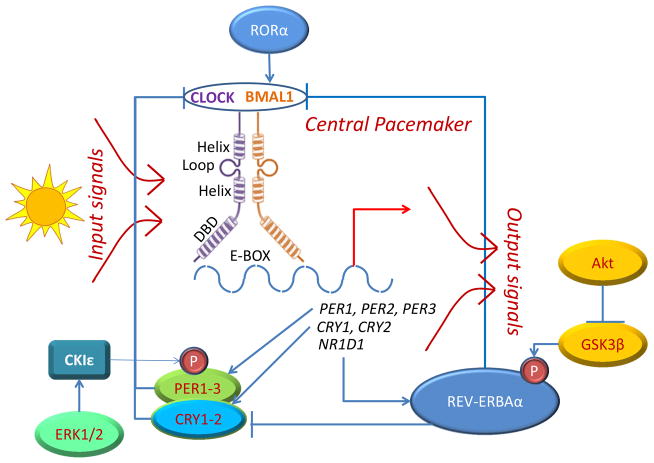Figure 1. Relationship between the various clock genes.
Input signals such as sunlight activate the 8 known core clock genes: period (Per1-Per3), casein kinase Iε(CKIε), Clock/NPAS2, Bmal1/ARNTL, and cryptochrome (Cry1-2). Clock and Bmal1 are two basic helix-loop-helix (bHLH) transcription factors (each containing a bHLH region and a DNA binding domain – DBD), which bind the E-box sequence (CACGTG) in the promoter of target genes as a heterodimer. Target genes include Per, Cry, and NR1D1, which produces an orphan nuclear receptor protein REV-ERBAα. When REV-ERBAα is phosphorylated by GSK3β, a downstream target of Akt, it transcriptionally represses target genes such as Bmal1 and Cry. In this way, REV-ERBAα balances against the effects of another orphan nuclear receptor RORα, which transcriptionally upregulates Bmal1. Similarly, Per1 is regulated by phosphorylation by CKIε, which is itself regulated by ERK kinases. Activated Per dimerizes with Cry to form a complex that disrupt the Clock-Bmal1 complex and prevent transcription. P-denotes protein phosphorylation.

